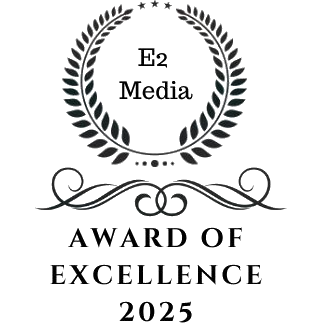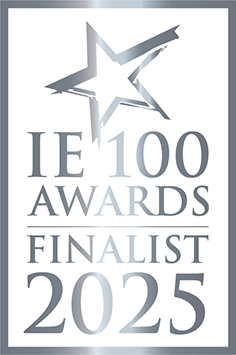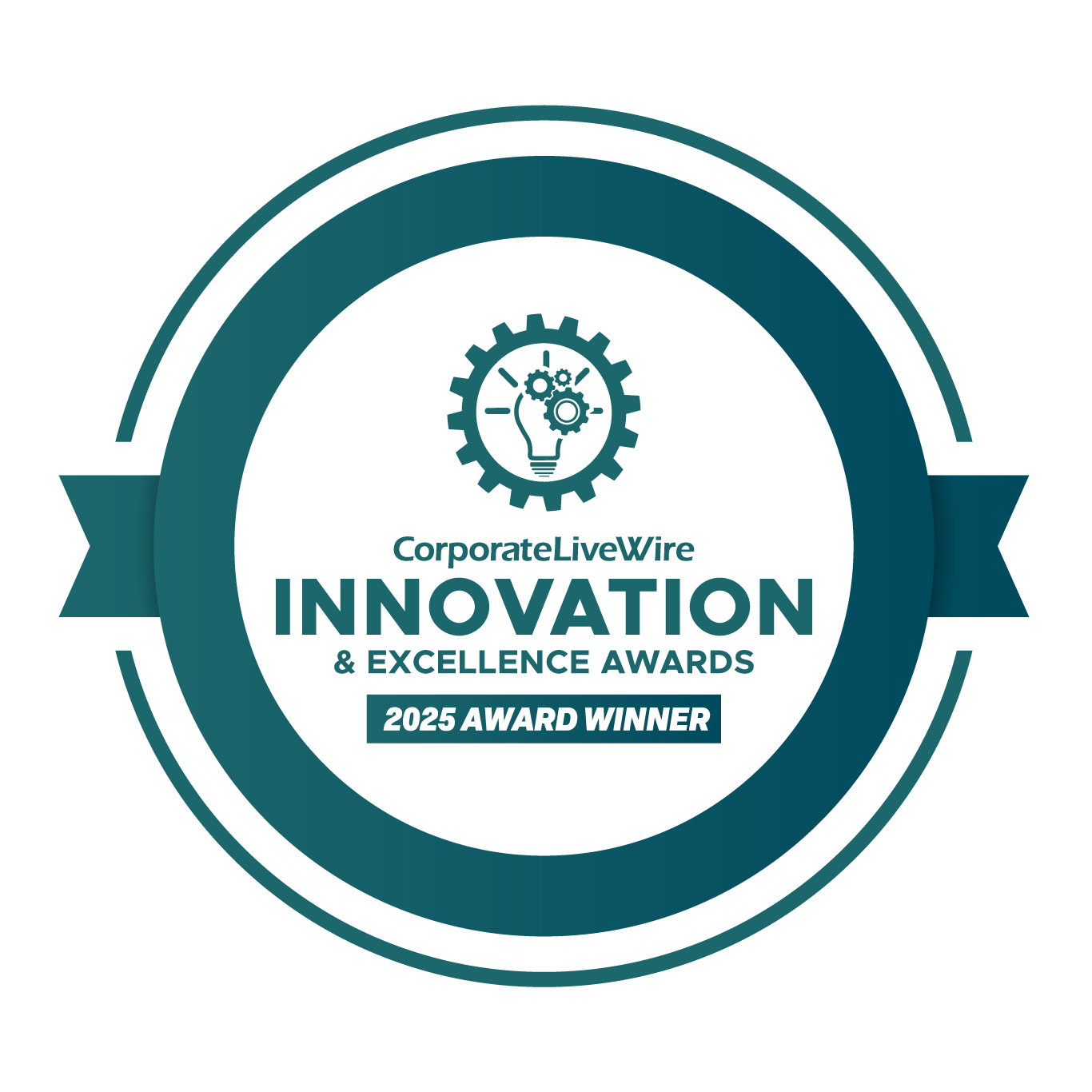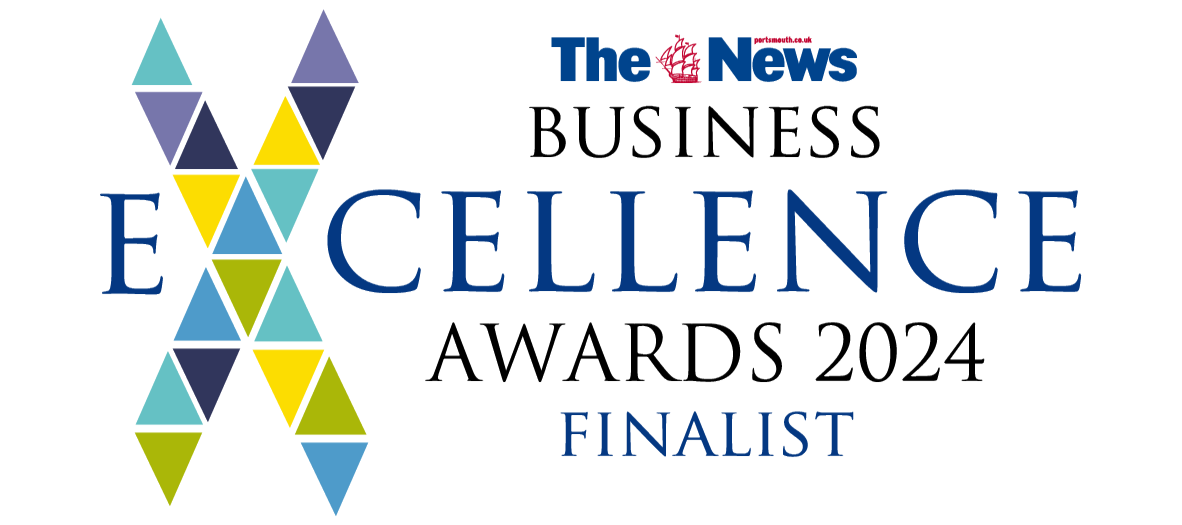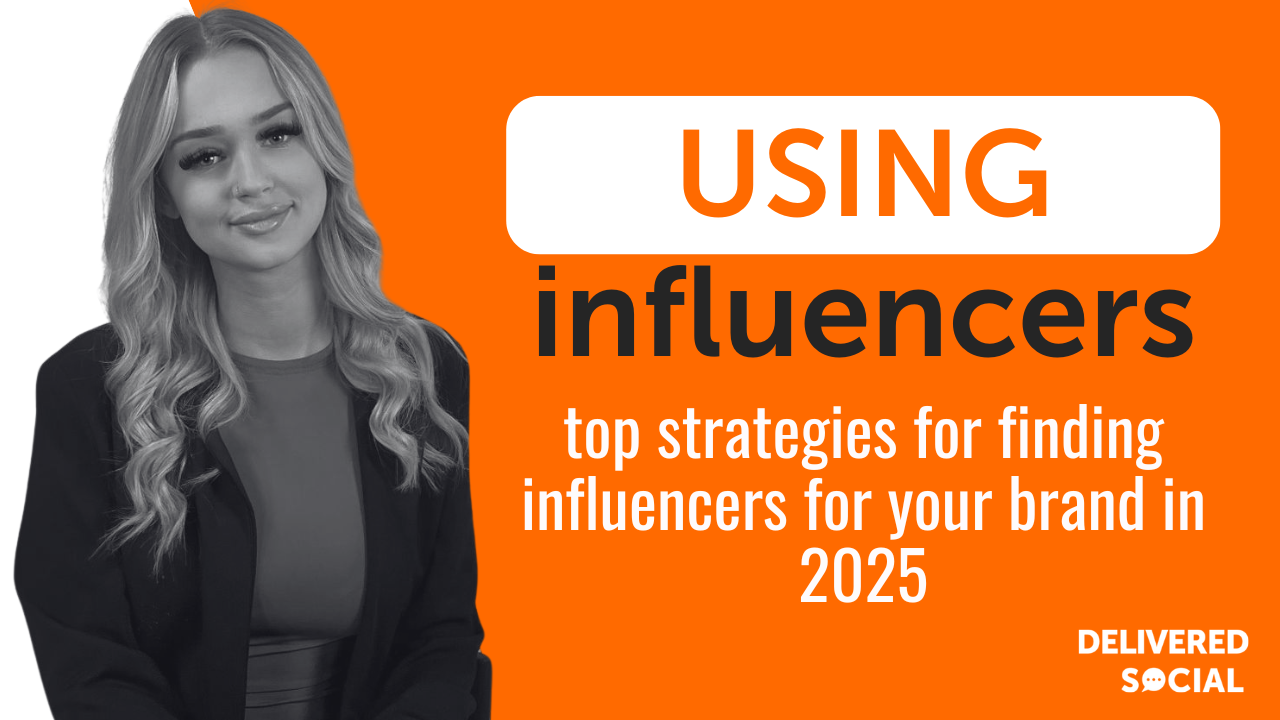
In 2025, influencer marketing remains a driver behind successful digital campaigns. However, finding the right influencers for your brand is no simple task. With the ever growing number of influencers on platforms like Instagram, TikTok, and YouTube, it can be overwhelming to identify those who truly align with your brand values and target audience. This is where strategy comes into play.
Influencers have the power to help you reach new customers, drive sales, and elevate your brand presence. But to see real success, you need to partner with the right influencers. They must resonate with your audience, reflect your brand values, and engage their followers in an authentic way. If done right, influencer collaborations can create lasting relationships and boost both brand awareness and trust.
In this blog, we’ll guide you through the process of finding influencers for your brand in 2025. From understanding the different types of influencers to using advanced tools and platforms, we’ll share practical tips and strategies to help you identify, evaluate, and connect with influencers who will bring value to your brand. Whether you’re new to influencer marketing or looking to refine your current strategy, this guide will help you navigate the influencer landscape with confidence.
The Importance of Influencers for Your Brand

Influencers continue to shape digital marketing strategies in 2025, making them an essential part of any brand’s growth. Whether you’re a small business or a large corporation, influencers hold the power to build awareness, trust, and engagement for your products or services. In fact, nearly 70% of consumers trust influencer recommendations over traditional advertising, making influencer marketing a highly effective strategy for driving conversions and brand loyalty.
But why are influencers so important in 2025? The answer lies in their ability to create authentic connections with their audience. Unlike traditional advertising, which often feels disconnected or inauthentic, influencers offer real time, human connections with followers. They help businesses reach highly engaged audiences who trust their opinions, increasing the likelihood of a purchase decision.
Additionally, influencer marketing allows you to tap into niche markets with precision. For example, you can partner with micro influencers who have a loyal following within your industry or target demographic. By collaborating with influencers whose followers match your target audience, you ensure that your marketing efforts are highly focused, relevant, and effective.
With advancements in technology, finding and connecting with influencers has become easier than ever. Platforms such as Instagram, TikTok, and YouTube provide access to influencers who can help amplify your brand’s message. By leveraging influencers’ reach and credibility, your brand can grow faster, improve its online visibility, and stay ahead of the competition.
Understanding the power of influencers for your brand in 2025 sets the stage for identifying the right influencers to help elevate your marketing campaigns. Now, let’s explore how to find these influencers and make the most of your influencer marketing strategy.
Types of Influencers You Should Consider
When looking for influencers for your brand, understanding the different types available is key to making the right choice. Not all influencers are created equal, and selecting the right fit for your brand’s goals and target audience can make a huge difference in the success of your campaign. There are four main types of influencers to consider:
-
Mega Influencers: These influencers typically have millions of followers and are often celebrities or well known figures. They can provide massive exposure for your brand. However, their broad reach can sometimes lead to a less engaged audience, and the cost for working with them is usually quite high. Mega influencers are ideal for large scale campaigns or global brand awareness but may not always yield the best ROI for smaller, niche businesses.
-
Macro Influencers: With followings ranging from 100,000 to a few million, macro influencers sit in the middle of the influencer spectrum. They offer a good balance between reach and engagement, and their audience tends to be more targeted than that of mega influencers. Macro influencers are a great choice if you’re aiming for a larger yet still focused audience, without the prohibitive costs of working with celebrities.
-
Micro Influencers: Micro influencers typically have between 10,000 to 100,000 followers. They might have a smaller audience, but the engagement levels tend to be much higher. Their followers are often highly loyal and trust their recommendations. Micro influencers are perfect for small businesses looking to target specific niches or local markets, and they tend to offer the best ROI for the budget.
-
Nano Influencers: These influencers have under 10,000 followers but often boast the highest engagement rates. Their audience tends to be the most niche, and they offer highly authentic content. Nano influencers are ideal for businesses looking to reach highly engaged, community focused individuals with a strong, personal connection to their audience.
Understanding these different types of influencers helps you align with the right one for your brand, maximising both engagement and ROI.
How to Find the Right Influencers for Your Brand in 2025

Finding the right influencers for your brand requires more than just picking individuals with large followings. It’s important to focus on the quality of their audience and the alignment of their values with your brand. With social media platforms like Instagram, TikTok, and YouTube offering vast opportunities, it’s crucial to choose influencers who resonate with your target demographic.
One of the first steps is to define your brand’s goals and identify your target audience. Whether you are looking to increase brand awareness, drive traffic to your website, or promote a new product, knowing what you want to achieve will guide you in choosing the right influencer.
You can begin by searching on social media platforms using hashtags or keywords related to your niche. For example, if your business sells eco friendly products, searching for influencers who focus on sustainability will help you find influencers whose audience is already interested in your products. You can also use tools like BuzzSumo or HypeAuditor to find influencers based on their performance metrics, such as engagement rate, follower growth, and audience demographics.
It’s also important to evaluate an influencer’s engagement rate. This is a better indicator of how connected the influencer is to their audience than simply looking at follower numbers. Look for influencers whose followers actively engage with their content by liking, commenting, and sharing. This indicates that the influencer’s recommendations are more likely to be trusted by their audience.
Another useful strategy is to check the influencer’s previous collaborations. Do they align with your values? Are they working with brands that complement your product or service? This will give you insight into their professionalism and whether their audience might resonate with your brand’s message.
For a comparison of TikTok vs Instagram influencers, check out our article on TikTok Influencer vs Instagram Influencer: Who Are Brands Working With Now?.
Best ways of Finding Influencers For Your Brand In 2025
Finding influencers for your brand requires a more thoughtful, strategic approach. It’s not just about high follower counts; it’s about identifying individuals who resonate with your brand and have an engaged, relevant audience. To start, you must first define your goals. Are you looking to build brand awareness, promote a new product, or drive traffic? Knowing what you aim to achieve helps you choose the right influencer type, whether mega, macro, or nano.
The next step is to research your industry and audience. Search for influencers who are already discussing topics related to your products or services. Social platforms like Instagram, TikTok, and YouTube provide excellent search functionalities, hashtags, keywords, and platform specific features help to pinpoint those influencers who are genuinely aligned with your brand.
Once you have a list of potential influencers, don’t focus solely on follower numbers. Engagement is key. A smaller influencer with a high engagement rate can often be more effective than someone with a huge following but little interaction. If you’re looking to find local influencers who resonate with your community, this approach is even more crucial.
Finally, leverage tools such as BuzzSumo, Gleemo, HypeAuditor, or Upfluence to find top influencers in your niche. These tools help you refine your search based on data-driven insights, ensuring you make an informed decision.
In finding influencers for your brand in 2025, it’s about more than just finding someone with a large following. Focus on engagement, relevance, and a shared vision to create successful partnerships that drive results.
For a look at top sustainable influencers leading the green movement, be sure to explore our article on Top Sustainable Influencers in the UK for 2025: Leading the Green Movement.
Tips for Effectively Working with Influencers
Now that you’ve successfully identified the right influencers, it’s time to make sure you’re working with them in a way that brings results. Finding influencers for your brand in 2025 goes beyond simply signing a contract; it’s about building a relationship that benefits both parties.
Start by setting clear goals and expectations. Define what you want to achieve, whether it’s an increase in sales, greater visibility, or growing your follower base. Influencers need to understand how their content fits into your broader marketing strategy. Transparency is crucial in creating a mutually beneficial partnership.
When discussing collaboration, always be flexible. While influencers may have their preferred style and tone, it’s important that you give them creative freedom. After all, it’s their voice and connection with their followers that makes their influence valuable. Allow them the freedom to present your brand authentically while maintaining your core message.
Next, establish a fair compensation structure. Compensation doesn’t always have to mean paying for a post. Some influencers may prefer free products, services, or experiences in exchange for coverage. Alternatively, offer affiliate or commission based incentives where applicable. The key is ensuring that the compensation aligns with the level of effort required for the campaign.
Finally, track the results of your influencer collaborations. Whether it’s tracking conversions, clicks, or impressions, measuring the success of a campaign is vital to refining future efforts. The better the results, the more likely the influencer will be motivated to work with you again.
If you’re looking to dive deeper into influencer strategies, check out our article on How to Become a Super TikTok Influencer: Your Content is Key for more insights.
Measuring the Success of Your Influencer Campaign
Measuring the success of your influencer marketing campaigns is essential for ensuring your efforts are delivering the desired results. When finding influencers for your brand in 2025, it’s crucial to set measurable goals and track performance against them.
Start by defining clear KPIs (Key Performance Indicators) before you launch your campaign. These could include metrics like engagement rates, website traffic, conversion rates, or the number of social media mentions your brand receives. By tracking these indicators, you can evaluate whether your chosen influencers are driving the results you expected.
One of the most useful tools for measuring influencer performance is tracking links. You can give each influencer a unique affiliate link or promo code, allowing you to track exactly how much traffic or sales are coming from their posts. This helps you understand which influencer is delivering the best ROI (Return on Investment).
Social listening tools, like Brand24 or Hootsuite, can also provide insights into brand mentions and sentiment analysis. By monitoring these tools, you can see how your brand is being talked about across social media platforms and whether the influencer’s audience is positively responding to your brand.
It’s important to note that not all success metrics will be immediately tangible. Influencer campaigns often lead to increased brand awareness, and while this may not result in immediate conversions, it’s still valuable for long term growth. If an influencer’s content results in increased followers, interactions, and general brand awareness, it’s a sign that your campaign was effective.
How to Maintain Long Term Relationships with Influencers
Once you’ve successfully partnered with influencers for your brand in 2025, it’s important to focus on building long term relationships. Unlike one off campaigns, long term partnerships with influencers can help to create sustained buzz around your brand and foster greater trust with their audiences.
To maintain these relationships, regular communication is key. Make sure you stay in touch with influencers between campaigns, keeping them updated on new products, services, or business developments. A simple check in email or message can make a world of difference in ensuring they feel valued.
It’s also important to be transparent about what you need and expect from the partnership. Discuss the campaign goals, deliverables, and performance metrics upfront. Setting these expectations ensures both you and the influencer are aligned and can work towards common objectives.
Offering incentives for long term partnerships can also help to strengthen your relationships. Consider offering influencers additional bonuses, exclusive products, or increased compensation for continuous collaborations. When influencers feel valued, they’re more likely to continue promoting your brand authentically.
Another way to build lasting relationships is by involving influencers in the creative process. Allowing them to have input into the content they create gives them a sense of ownership and can result in more genuine, engaging posts. It also helps them stay excited and motivated to work with your brand long term.
FAQ’s
How do I find influencers for my brand in 2025?
Start by researching your target audience and identifying influencers who align with your brand’s values. Use platforms like Instagram, TikTok, and LinkedIn to find creators whose followers match your ideal demographic. Tools like influencer marketing platforms can also help you connect with the right influencers quickly.
What is the best platform to find influencers?
The best platform depends on your target audience. Instagram and TikTok are ideal for younger, more visual audiences, while LinkedIn may be better for B2B marketing and professional influencers. Consider where your audience spends their time online.
How do I know if an influencer is right for my brand?
Look for influencers whose content aligns with your brand’s values, products, and services. Assess their engagement rates, audience demographics, and authenticity. A good influencer should have a loyal and engaged following rather than just high numbers.
Interested In Working Together?
Introducing Delivered Social. We’re The Most-Rated Digital Agency In Surrey & Hampshire – We’ve Got To Be Doing Something Right.
Delivered Social is a digital marketing agency with one mission—to help businesses grow. We’re famous in Guildford and Portsmouth for our social clinics. We believe in free advice. We build lasting relationships because our team prides itself on being helpful, which our clients appreciate.
If you are looking for a new website or an agency to manage your social media presence, we can help.
If you need something slightly different, here's a super handy list of all our services, or you can always email us.





